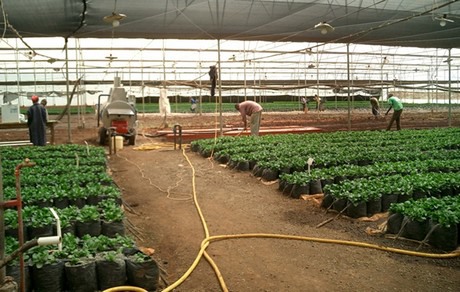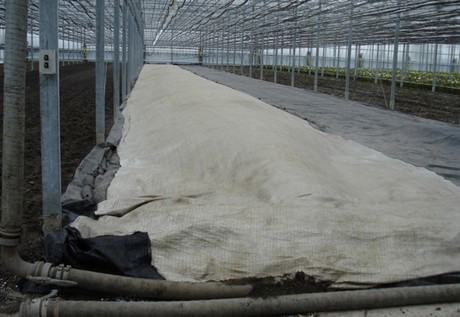Recently, steam sterilization of growing media has been attracting growing interest for its low ecological impact as well as for its high social value. It is used as a viable alternative to Methyl Bromide and other critical chemicals in agriculture which are legally banned by the Environment Protection Authority (EPA). Nowadays, steam sterilization is introduced in cutting farms such as Ethiopian Cutting (Syngenta), Florensis Ethiopia, Florensis Abyssinia, Dümmen Orange, Maranque Plants and other cutting flower growers for sterilization of growing media in propagation or greenhouses, and it is considered as the best and the most effective way to disinfect soil-less media.

In this process, soil-borne pathogens, i.e. fungi, bacteria, weeds, and viruses, are destroyed through induced hot steam to a level that causes protein coagulation or enzyme inactivation and physically degenerates their cell structure. Soil lethargy can also be cured through the activation of chemicals, and blocked nutritive substances are tapped and made available for plants. Steam sterilization leads to a better starting position, quicker growth and improved resistance against disease and pests.

The advantage of steam sterilization is that it is highly efficient (~100%), cost-effective technology, it eliminates the need of fumigants; it is neat, clean, and easy to control technology, leaving no toxic residues or fumes and therefore is less harmful to other greenhouse crops and growers. Besides, it is non-selective (some chemicals are ineffective against some pathogens) and requires little aeration time (planting can be done right after it cools). Steam can also be used to disinfest soil-less media such as red ash, perlite, peat and compost.
In conclusion, research should be conducted incorporating the method of sterilization, type of crop and growing media and financial feasibility of the methods to confirm the current implications and to ensure a safe and eco-friendly production system as well as recommendations, and experience sharing programs should be organized to extend the practice to the rest of the sector operators.

 EHPEA
EHPEA